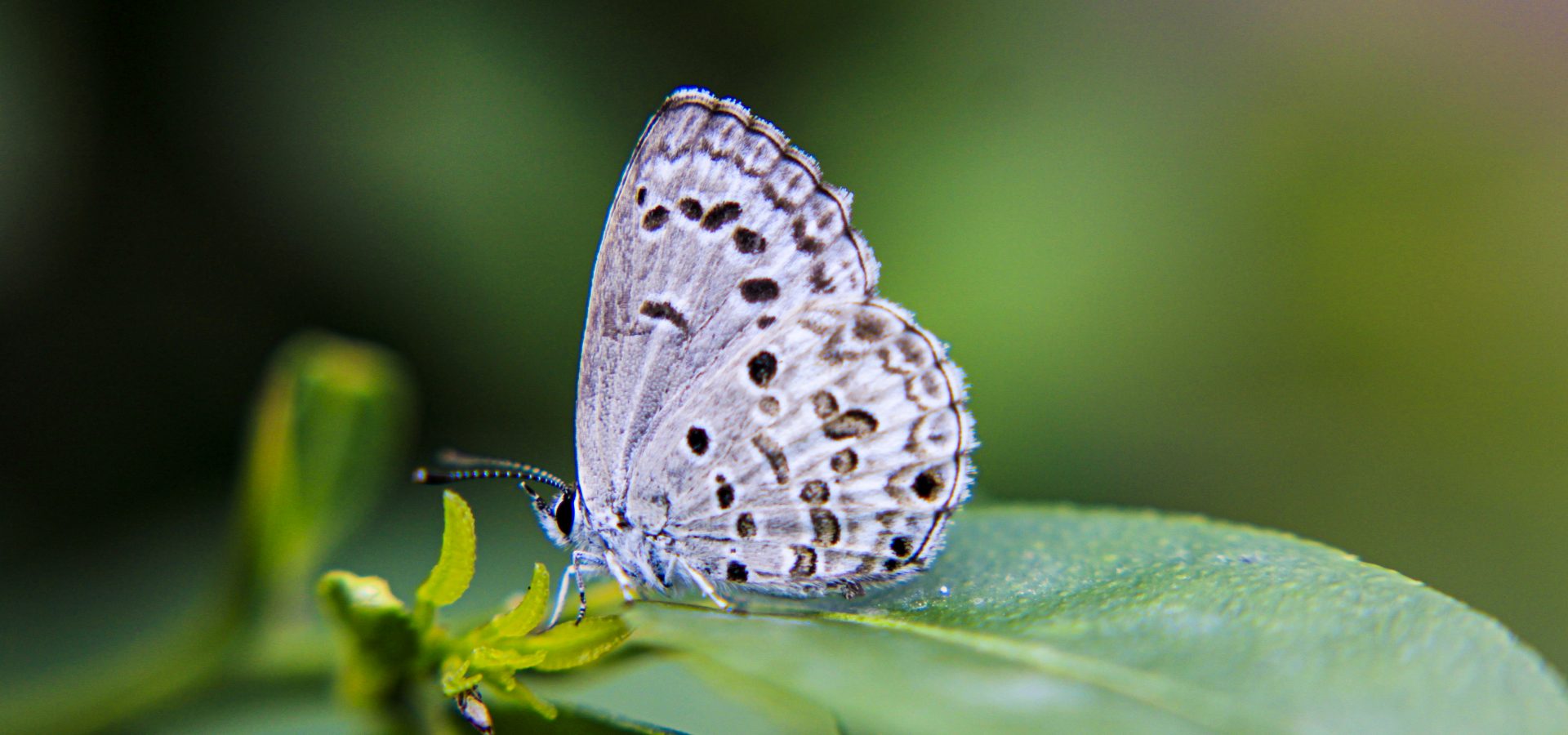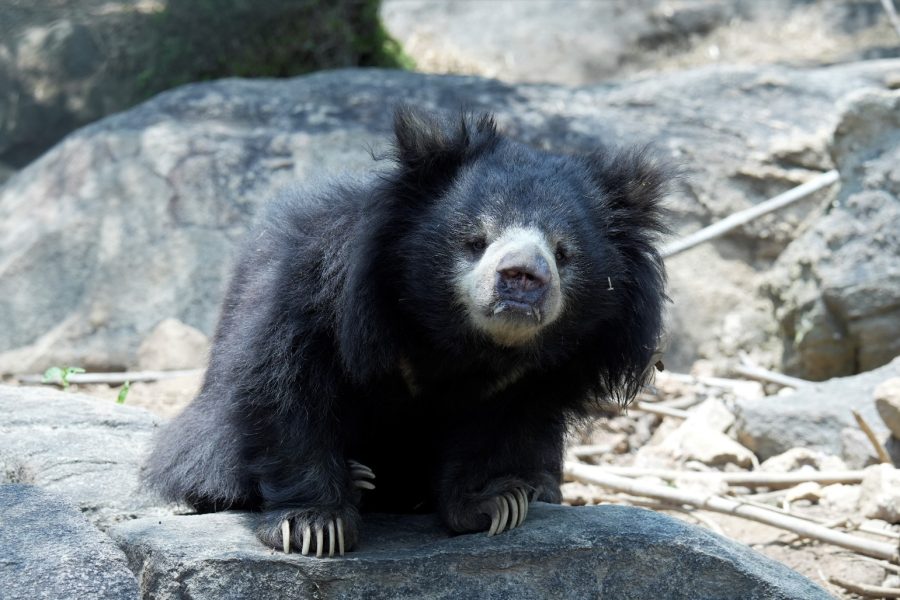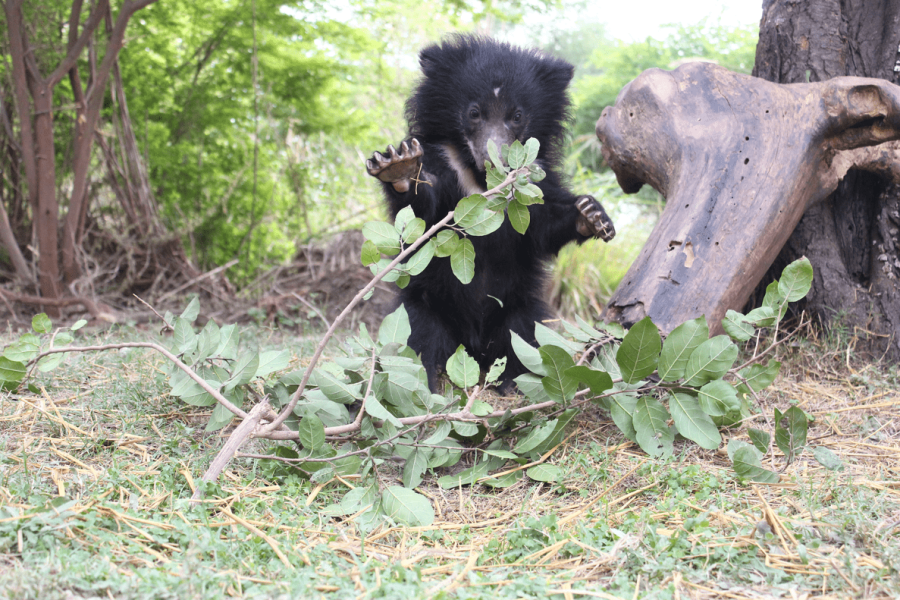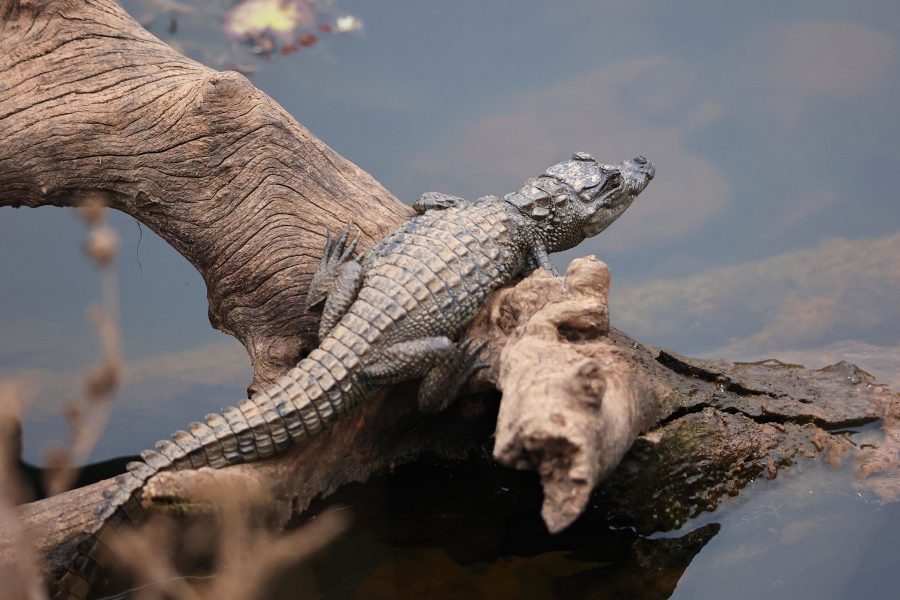The planet is home to umpteen animals: from teeny tardigrades to the mighty king of the jungle. But one that always makes a fleeting appearance are butterflies! Now with over 100,000 known species, butterflies came into existence about 300 million years ago. They’re colourful insects with flamboyant sets of wings. Though they are commonly spotted fluttering over plants and bushes, there’s so much about butterflies we don’t know yet. Let’s take you through some of the most fantastic facts about these spectacular insects!
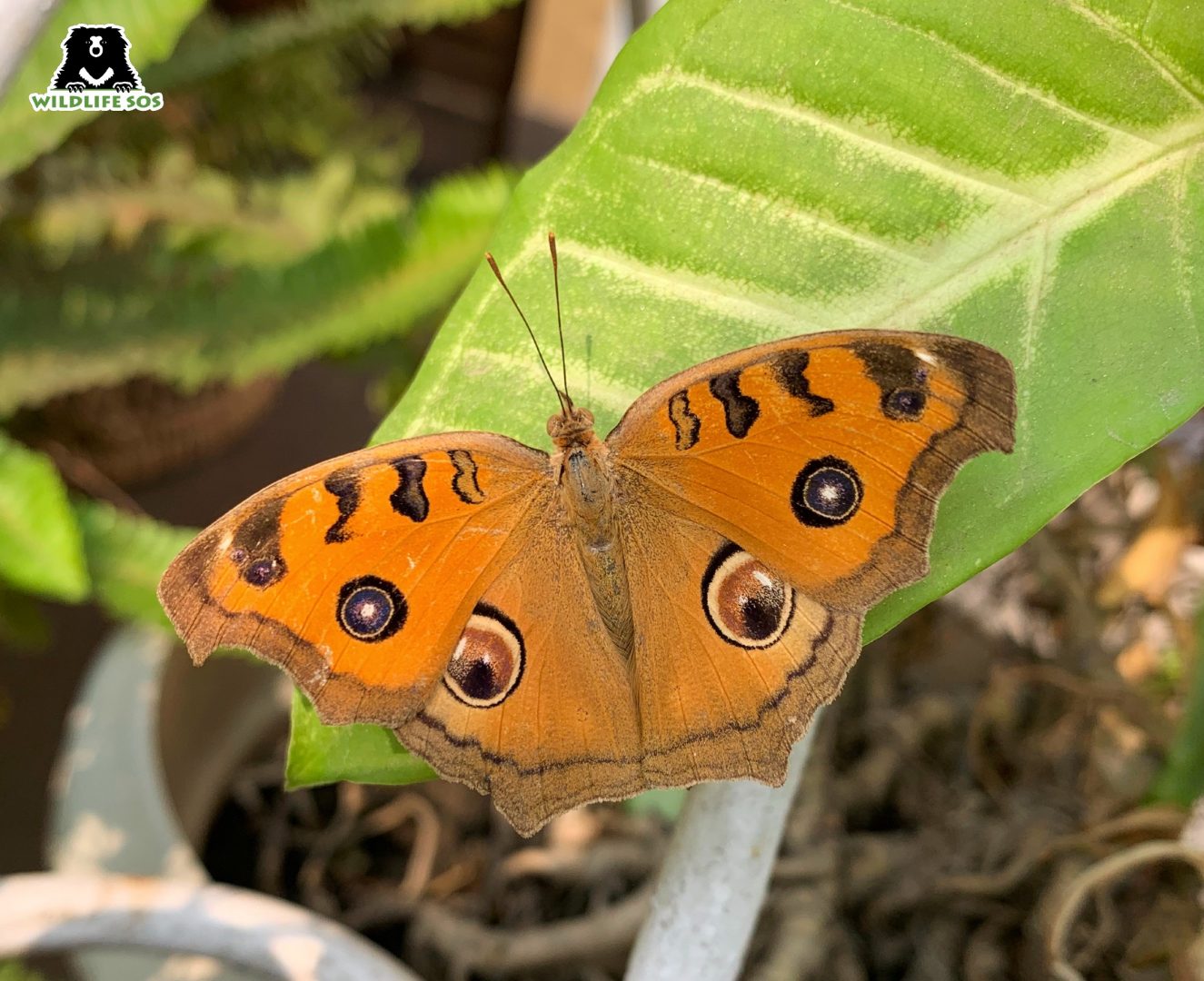
Metamorphosis
The life-cycle of a butterfly involves frequent transformations. An individual goes through four stages in its lifetime — egg, caterpillar, pupa, and adult butterfly. Each lifeform is unique and doesn’t resemble the former. In fact, the butterfly prepares itself to transform into the next stage of its life. A multiple-legged caterpillar hatches from the egg, feeding and growing… till it outgrows and sheds its old skin to become a bigger caterpillar. Soon, after its fourth and the final moult, it turns into a chrysalis (or pupa), which is an inactive stage in the life of this species. Here, the most dramatic transformation occurs as the individual develops wings and antennae, among other body parts. Finally, it emerges as the graceful butterfly we know.
Scaly Wings
One of the most striking features of butterflies is their wings! Although delicate to look at, they are covered with overlapping scales made of chitin, a common organic molecule found in nature. Those who have felt the butterfly wing perchance would recall it leaving a fine powder. This dust is actually made of tiny scales. Arranged in an array of patterns, these scales give the butterflies their dramatic colours when light reflects off them. The scales are also supplied with a number of veins and living tissues. In fact, butterflies and moths fall into the order of insects called Lepidoptera, which translates to “scaly wings”.
Compound Eyes
Butterflies have two large eyes, known as compound eyes. What’s unique about them is the presence of thousands of optical units or lenses (called ommatidia) in each of them. Every ommatidium has photoreceptor cells that allow butterflies to capture visual information from all directions. Their eyes are sensitive to numerous colours that help them locate different flowers. It’s phenomenal how these tiny creatures have such powerful, microscopic eyesight. In fact, their eye structure has inspired scientists to develop new technologies for humans.
Masters of Disguise
Surviving in the wild, with endless predators ready to strike, isn’t easy. While some animals possess deadly weapons (horns, claws, teeth) to defend themselves, butterflies are masters of disguise! Their vivid wing patterns help them camouflage and blend into their surroundings. Some species have large eyespots on their wings which lays off predators. In fact, a butterfly also disguises to trick enemies in its former stages of life. Caterpillars have markings on them, which resemble bird droppings, while inactive pupae bear resemblance to dead leaves or fruits.
Toxicity
In order to avoid predation, some butterflies begin storing toxic chemicals in their body. From the age of being a caterpillar, these insects consume plants that are full of toxins. Eventually, these toxins make them distasteful and unpalatable to potential predators. In fact, certain non-poisonous butterflies use a trick which helps them escape enemies. The female Danaid eggfly mimics the body colouration of the toxic Plain tiger butterfly to trick predators and survive in the wild.
Migration
Monarch butterflies are the most well-known species for their incredible migratory journey. They fly over a distance of 4,800 kilometres to the southern regions in America, where they spend their winters. The long flight is triggered by temperature changes and depletion of feeding resources. A number of Milkweed butterflies in India are also known to migrate with the onset of monsoon in October. They move from plains to the elevated habitats in Eastern and Western Ghats, and fly back in April-June.
Mud Puddling
You can find them hovering over plants, but the second best place to spot butterflies is over liquid puddles where they congregate. They gather over damp mud, excreta, urine, tree sap, rotting plant materials, and even decaying animals. From these hotspots, butterflies are known to extract nutrients and salts like sodium and amino acids for their reproductive success and survival.
Sipping Nectar and Pollinating
In order to feed themselves, butterflies frequently sip nectar from flowers. Their mouthparts (known as proboscis) are specifically designed to curl and sip liquid material, similar to a straw. While visiting flowers to collect as many sweet treats as they can, butterflies end up gathering pollen on their proboscis, legs, and wings. As they move to another flower to forage, they transfer pollen grains to it. This is how they’re able to assist in pollination.
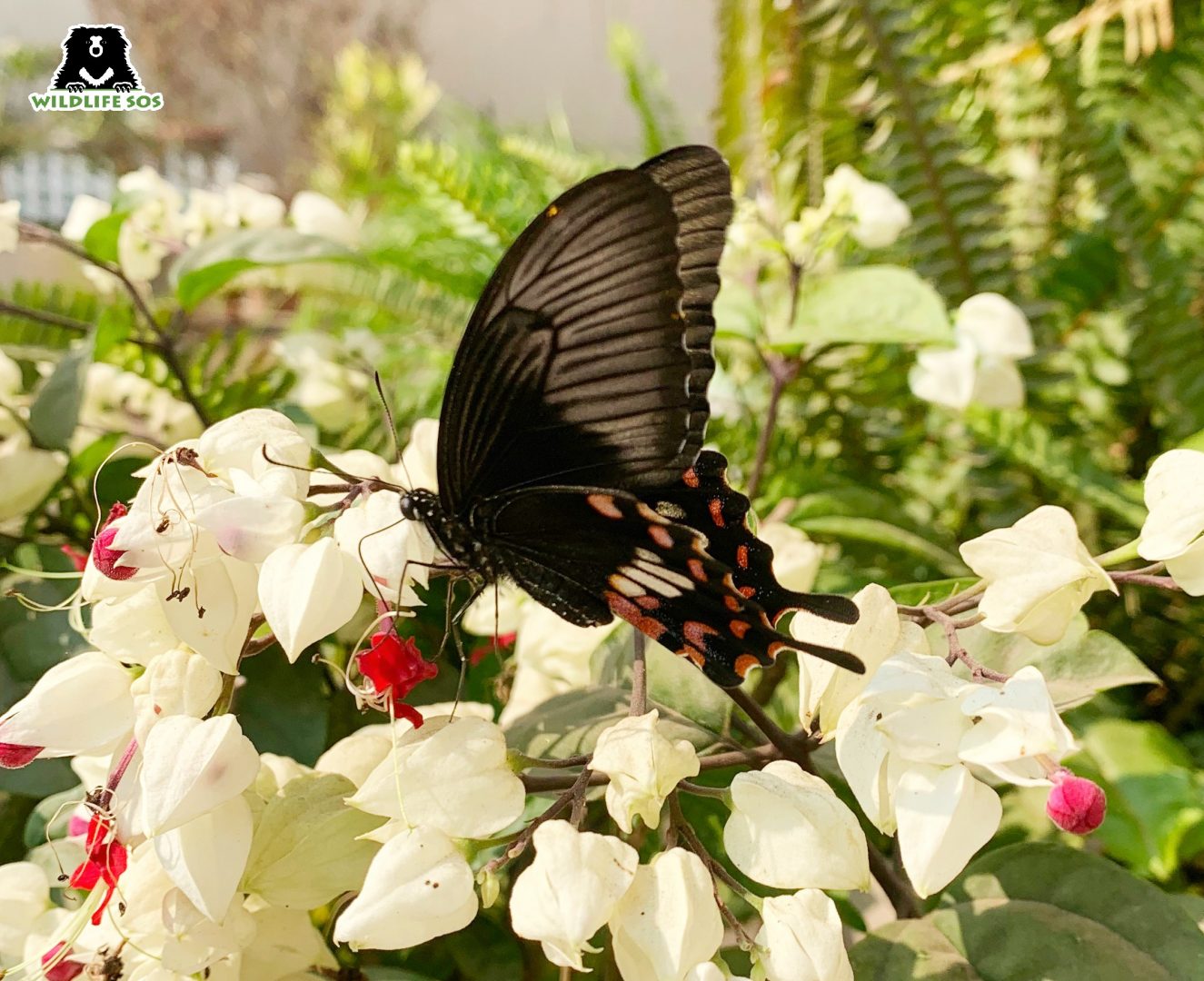
To keep up with interesting content on wildlife, subscribe to the Wildlife SOS newsletter!

